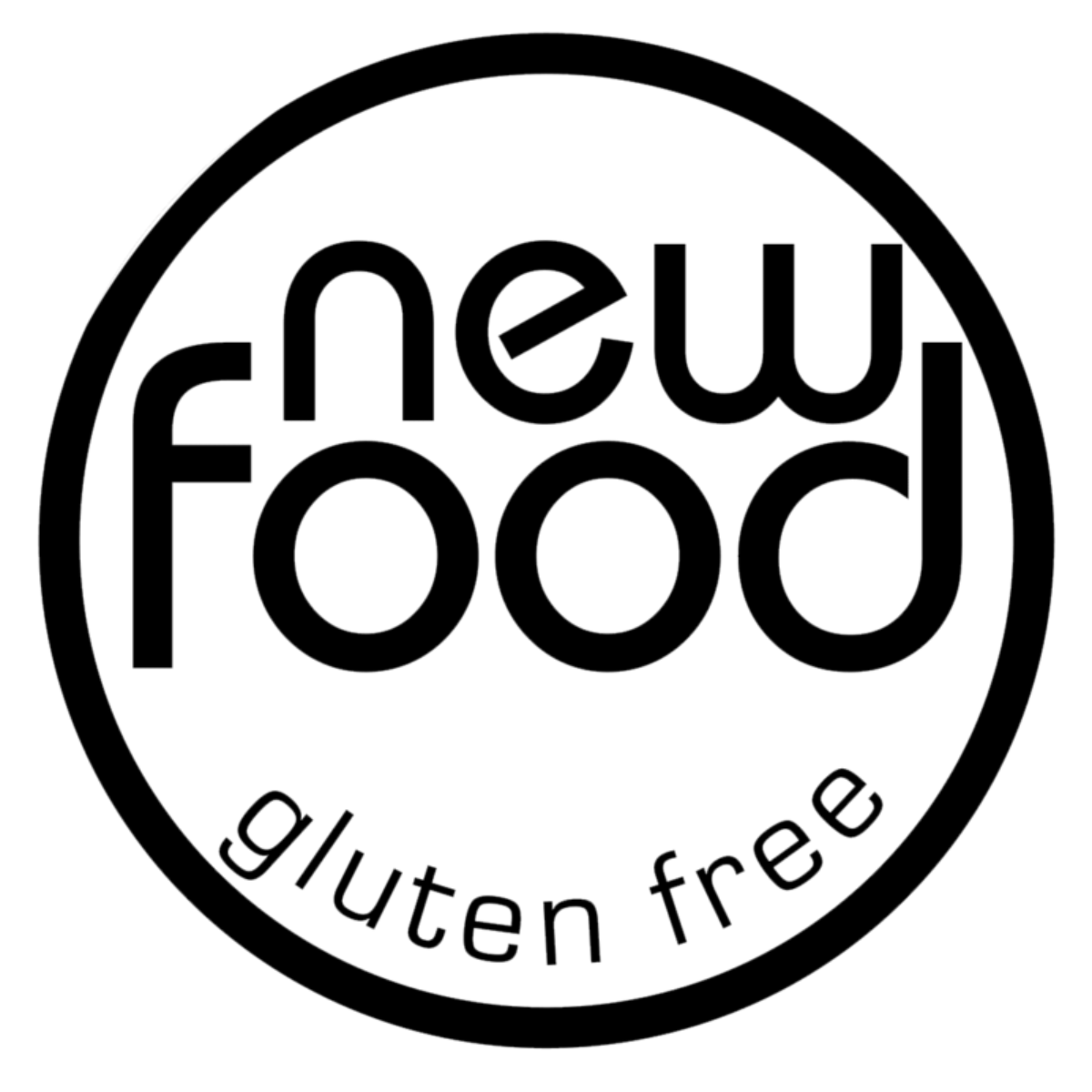How to recognize the celiac diet? Where is gluten found?
Do you want to know, in general, what are thefoods with or without gluten? On the websitehttps://www.celiachia.it/ it is possible to find out, thanks to the professionalism and attention of theItalian Celiac Association, born in 1979 on the initiative of some parents of celiac children at a time when celiac disease was little known. The needs of that nascent community of families were primary: first of all, to understand what celiac disease really was, which often occurred after long and painful periods of suffering and incorrect diagnoses.

And thenknow the meaning of the «gluten-free diet», find out which products were suitable for celiacs and where to find them. Today the Association is the spokesperson for patients and their requests in all the most important institutional contexts, it takes care of projects aimed at improving the patient's daily life, initiatives and communication tools aimed at informing and raising awareness among the public, the media and the medical profession , responds directly to the needs ofcoeliacs in the area.
So how can we understand where gluten is found in the foods we eat? This is why the food handbook drawn up by Aic is important, also because the association creates and keeps updated, with the help of industry experts, a "classification" of the types of foods in reference to the risk of containing gluten.
Classification, divided into ALLOWED FOODS (gluten definitely absent), RISKY FOODS (possible risk of gluten presence); and FORBIDDEN FOODS (gluten always present).

This classification is called “ABC of the celiac diet” and has the aim of simplifying the safe access to products, is used both by families of celiac patients, by restaurateurs offering gluten-free meals, and by health professionals, and is based on the analysis of production processes by expert technicians. “The food market is constantly evolving, on the one hand to follow the needs of consumers, on the other because production processes evolve and improve, and it is possible that the ABC may undergo changes over time. The indications that the AIC provides on food categories must always be understood in general terms as general indications provided on the basis of the products commonly present on the Italian market. In case of doubt or conflicting information with respect to the general indications of AIC, avoid consuming the product and report to the AIC", we read on the site.
This, more specifically, is the classification of foods, made from the Italian Celiac Association, a way that can help us understandwhere gluten is found:
FOODS PERMITS: foods that can be consumed freely, as they are naturally gluten-free or belong to food categories not at risk for celiacs, since there is no risk of contamination during their production process. These products are NOT included in the AIC Food Handbook.
FOODS AT RISK: foods that could contain gluten in quantities greater than 20 ppm or at risk of contamination and for which it is necessary know and control the ingredients and manufacturing processes. The products in these categories that are assessed as suitable by the AIC are included in the AIC Food Handbook. The AIC recommends the consumption of these foods if present in the Handbook or bearing the words "gluten-free".
BANNED FOODS: foods that contain gluten and are therefore not suitable for celiacs .
To find out more go tohttps://www.celiachia.it/dieta-senza-glutine/labc-della-dieta-del-celiaco/?fbclid=IwAR3fuIvz3xBTqYtWVbBPasddI1YXcWtS2c_BtVN23CteVY5zwgIaIknI0D4. And click on the category you are interested in to find out which foods are permitted, at risk and prohibited.
Come to our online shop and order gluten-free and lactose-free foods directly from your home by clicking hereQUI


Recent Comments|| |189